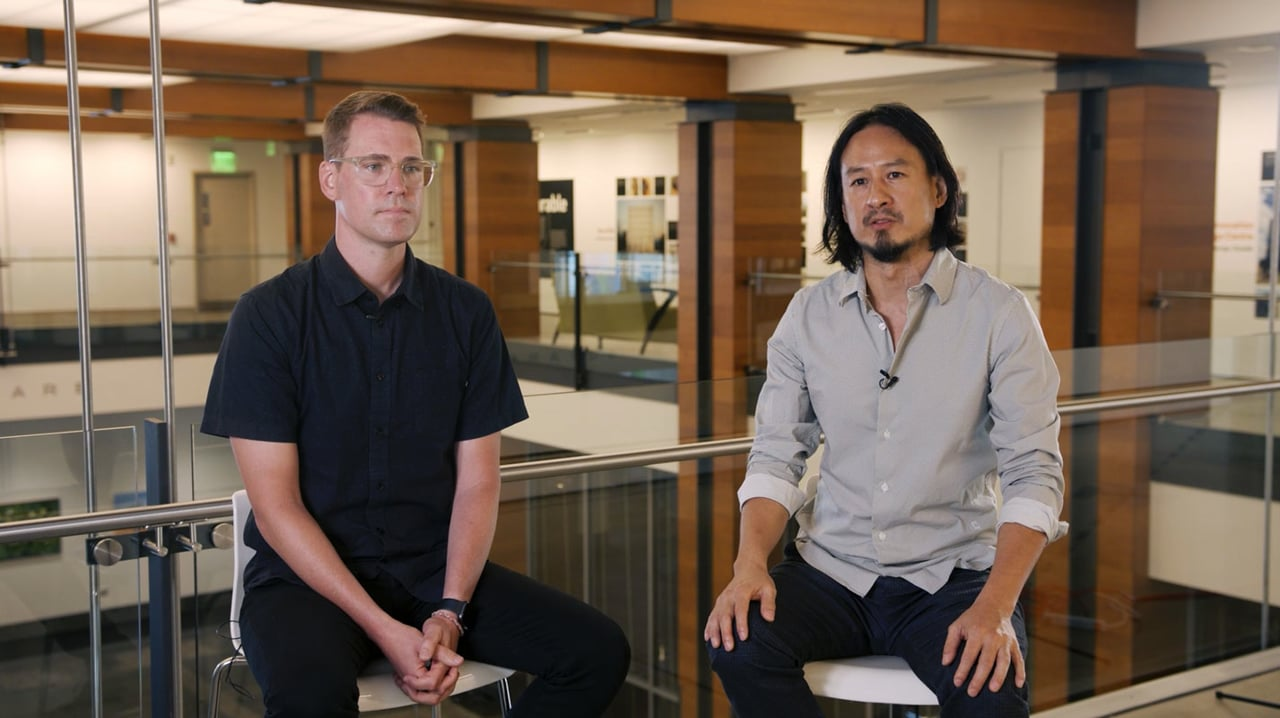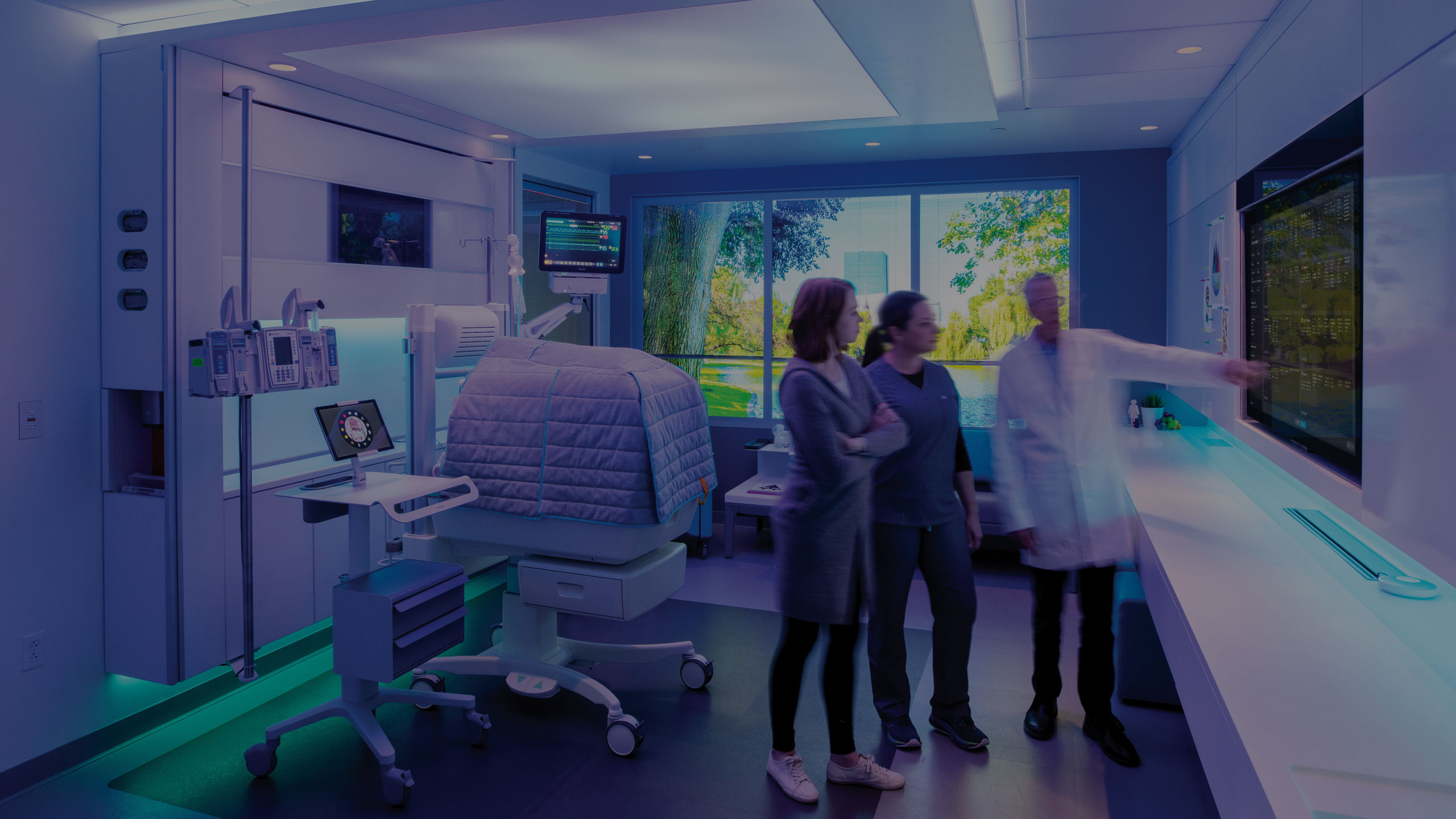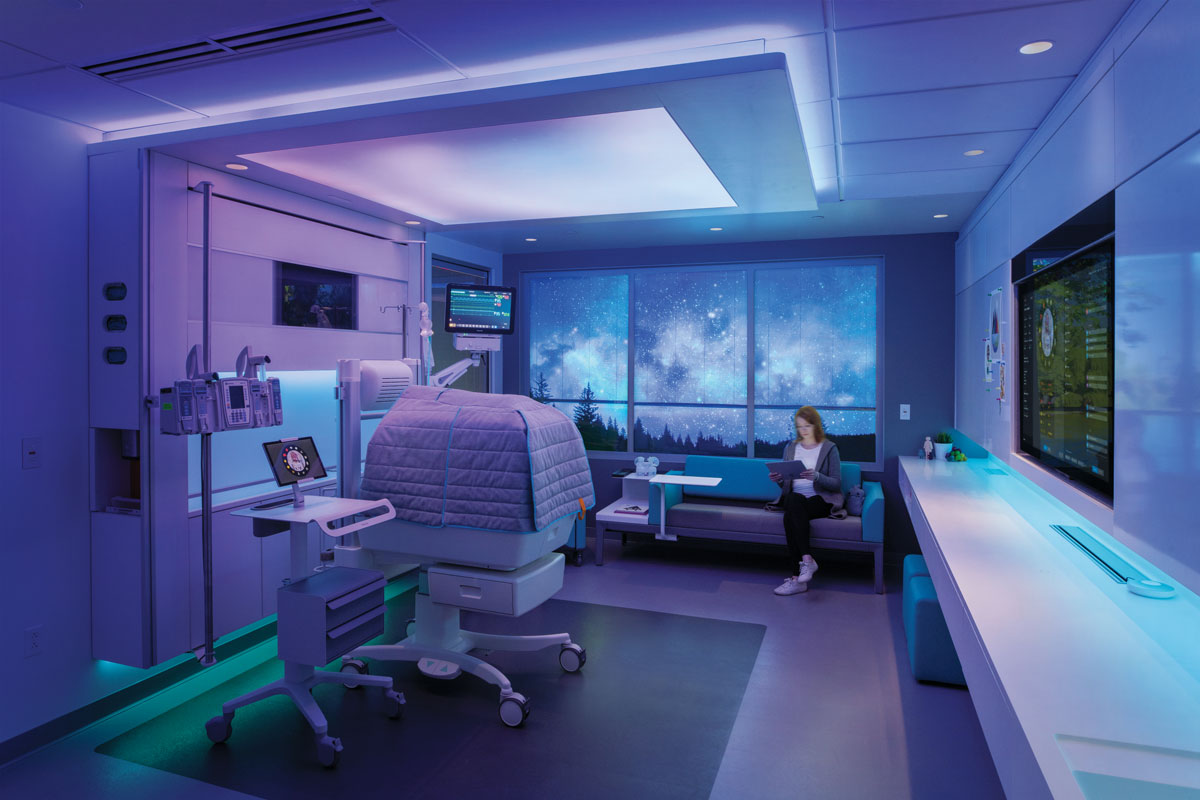Lotus - Next generation NICU nominated for the Red Dot: Luminary at the Red Dot Award: Design Concept 2020
Lotus - Next generation NICU from the Interaction and User Experience category, is designed by Philips Experience Design whose design teams are currently located in Cambridge, United States and Eindhoven, Netherlands. The design concept has been nominated for the highest achievement at the Red Dot Award: Design Concept 2020 - the Red Dot: Luminary. The top accolade at the competition serves as an inspiration to aspire towards. The design concept is a holistic neonatal intensive care unit solution that provides the best care for the baby to improve long-term health outcomes. An interview with the designers from the team, Alex Tan and David Ruthven.

Alex Tan
Tell us about Lotus - Next generation NICU.
We know that about that 1 in 10 babies are born prematurely worldwide, so that’s one of the main starting points for Lotus program. So these babies when they are born prematurely, they need to go to neonatal intensive care unit which is called NICU as well. They are attached to lots of hoses and tubes and the parents are really stressed, they have to spend months staying in there, in these kind of dark room or sometimes a very bright room. And there’s a lot of noise and that causes a lot of stress for their development. So that’s where the Lotus program comes in, where we want to bring our design team together to really tackle this kind of problem, of babies born prematurely and having to stay in these NICU environment. So we brought a set of design teams together from clinical experts, physicians, architects, programmers, industrial designers together to really tackle this problem, and to deliver innovative solutions that help create a better care for the babies.
There are 2 main elements to the Lotus program, one is this: collaborative dashboard that brings together all the disparate information in the hospital in one place to help the clinicians be able to easily sort through all the information and collaborate and create this collaborative care environment. The other part of Lotus is the adaptive environment, where we look at how the environment can respond and be able to change and adapt to the needs of the people inside the room. So the babies, the parents, the clinicians, and together this is a really a innovation project, where we try to look at what is that next generation, what is the future of Neonatal Intensive Care.
When designing for such a medical project, what are the additional or unique challenges facing designers?
I think one of the main challenges for a designer or design team in this project is really to understand all the clinical processes, and workflow. So in innovation project, we also want to challenge the status quo, but to do that, you really need to first understand what is that status quo and how the clinicians work daily and to be able to deep dive into what their mindset is, to empathise their pains and then be able to come up with new kinds of solutions that help them improve their workflow. Because when you are in it, doing it daily, you sometimes don’t see it anymore there is a better way to do it. So as a designer, I think we can come in, and challenge them, and really help them unlock and see new potential and new future.
David Ruthven
What is the role of design in multidisciplinary projects like Lotus?
I think it was also really important for us to synthesise information into actionable decisions that the team can make because in the end, designers are all about just making decisions and kind of deciding which way to proceed based on available evidence. So in many cases, we would have these large workshops, the 50 people sometimes kind of everybody has different perspective, and pushing and pulling things and what we have do is we take all these information and process it, and come back with really tangible ideas, that we can then do another round of stress testing. So I think in many cases, we are kind of the Shepard in the process, we have to keep it moving, but also be sensitive in all the competing needs, and make sure that all perspective are represented in the final design solution.
If somebody ask you if he or she should be designer, what is your advice?
I think design is definitely a profession that will challenge you. And I think if you are someone who has an open mind, and is okay with kind of the the design chaos if you will, at the beginning of the project, and not knowing the right answer all the time, then what’s fantastic about it is at the end, you can look back on your work and you can see something very tangible, that you use your imagination to create. For me personally, I wanted to look back and see projects and things like not what I built with my hands but built together with a lot of different people.
What does winning a Red Dot mean to the team
Winning the Red Dot for us is fantastic, because it give us this platform to share this project with so many people. And I think, in healthcare, having support and validation from as many people as possible is really important to getting things adopted. So I think for us, its a great opportunity to share the project and the message of the project with the world, but also to hopefully really springboard us to having us implemented on several hospitals and really working on improving patients lives.
Red Dot Award: Design Concept celebrates winners on 6 and 7 October
The winners of Red Dot Award: Design Concept 2020 will be honoured for their design accomplishments, their celebratory and winning moments filled with glitters and confetti will be presented online during the Online Award Celebration from the 6th October 2020. The highest level of distinction accorded at the award, the Red Dot: Luminary, will be revealed online on 7th October 2020 at 6pm Singapore Standard Time.






